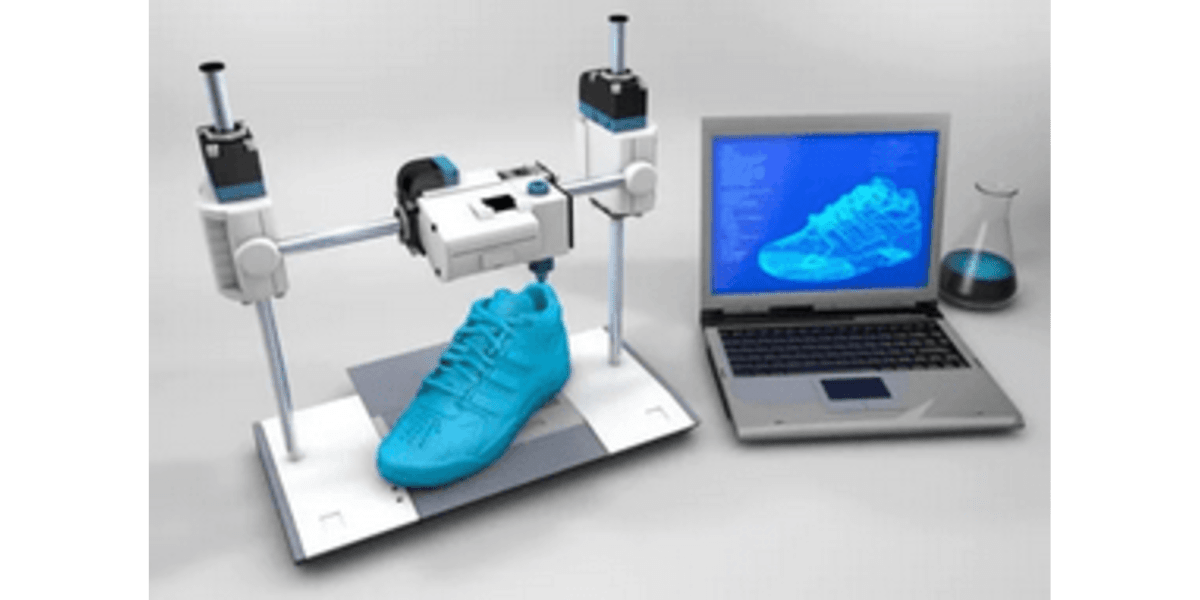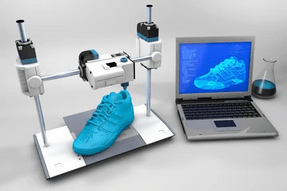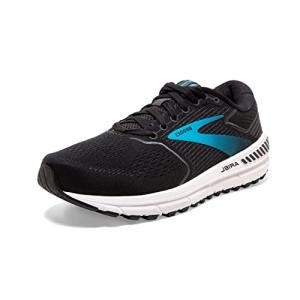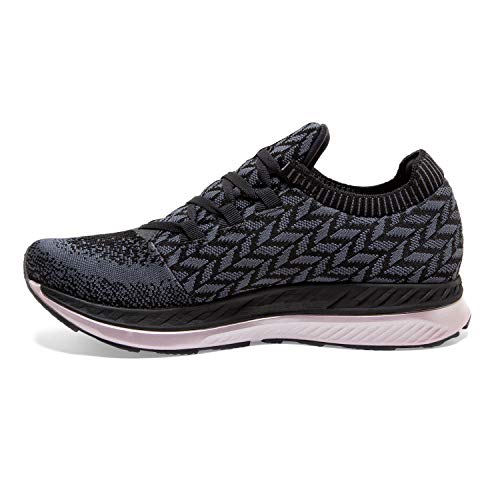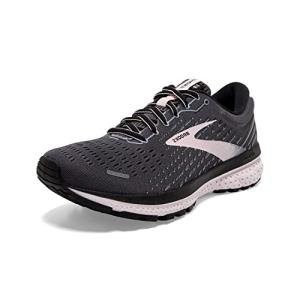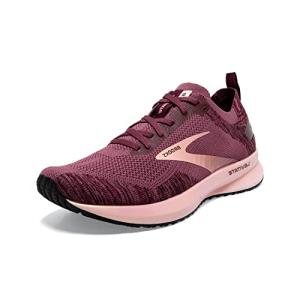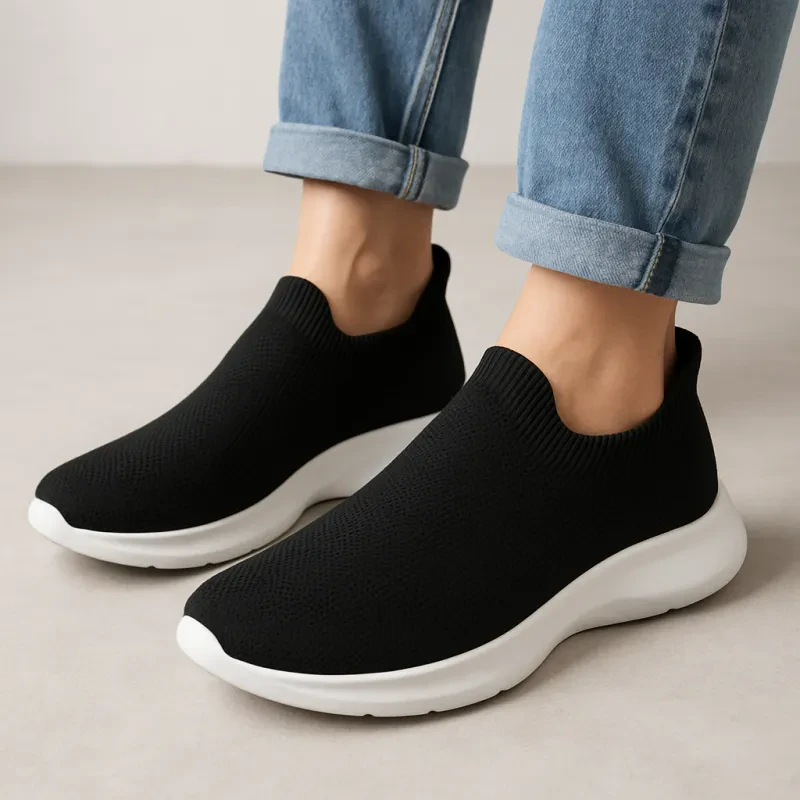One popular choice for sustainable sneakers is recycled ocean plastic. With millions of tons of plastic waste ending up in our oceans each year, some companies are taking a stand by collecting this plastic and turning it into shoes. Not only does this help to clean up our oceans, but it also reduces the need for new plastic production.
Another sustainable material that is gaining popularity is bamboo. Bamboo is a fast-growing, renewable resource that requires minimal water and no pesticides to grow. Shoes made from bamboo are not only eco-friendly, but they are also lightweight and breathable, making them a great choice for active individuals.
Smart Wearable Technology
One exciting development in the world of smart footwear is the emergence of self-lacing technology. Made famous by the iconic Nike Mag from Back to the Future II, self-lacing sneakers have become a reality in recent years. Brands like Nike and Adidas have developed their own versions of the auto-lacing system, allowing users to adjust the fit of their shoes with the touch of a button. This futuristic feature not only provides a customized fit but also adds a touch of convenience and luxury to the overall sneaker experience.
Beyond self-lacing technology, smart sneakers are also being equipped with features such as step-tracking, GPS navigation, and even built-in virtual assistants. With the ability to track your every move and provide real-time feedback on your performance, these high-tech sneakers are revolutionizing the way we approach fitness and everyday activities. As technology continues to advance, we can only expect to see even more innovations in the world of footwear, making smart sneakers an essential part of our daily lives.
3D Printing Innovation
With the rise of technology in the fashion industry, one area that has seen significant innovation is 3D printing. This cutting-edge technology has revolutionized the way sneakers are designed and manufactured, paving the way for new possibilities in footwear. 3D printing allows for the creation of highly customized shoes that fit the wearer's foot perfectly, providing unmatched comfort and support.
One of the most exciting advancements in 3D printing for sneakers is the ability to create intricate and unique designs that were previously impossible using traditional manufacturing methods. This has opened up a world of possibilities for designers, allowing them to push the boundaries of what is possible in sneaker design. From intricate patterns to personalized details, 3D printing has changed the game for how sneakers are made.
In addition to its design capabilities, 3D printing offers a more sustainable option for manufacturing sneakers. Traditional manufacturing methods can be wasteful and harmful to the environment, but 3D printing allows for a more eco-friendly approach by only using the materials that are needed to create the shoe. This reduces waste and makes it easier to recycle materials, creating a more sustainable option for sneaker production.
Virtual Reality Sneaker Design
In recent years, virtual reality has revolutionized sneaker design. Using VR technology, designers can create and visualize new shoe concepts in a fully immersive digital environment. This allows them to experiment with different materials, colors, and shapes without the need for physical prototypes, saving time and resources in the design process.
One key benefit of virtual reality sneaker design is the ability to receive instant feedback from consumers. By creating virtual prototypes of new sneaker designs, brands can showcase their ideas to focus groups and customers, allowing them to gather valuable input before moving forward with production. This feedback loop helps to ensure that the final product meets the needs and preferences of the target market.
Furthermore, virtual reality technology also offers a unique opportunity for customization and personalization in footwear. Brands can create interactive experiences where customers can design their sneakers in a virtual space, choosing everything from colors and materials to laces and logos. This level of customization enhances the customer experience and opens up new possibilities for creativity and innovation in sneaker design.
